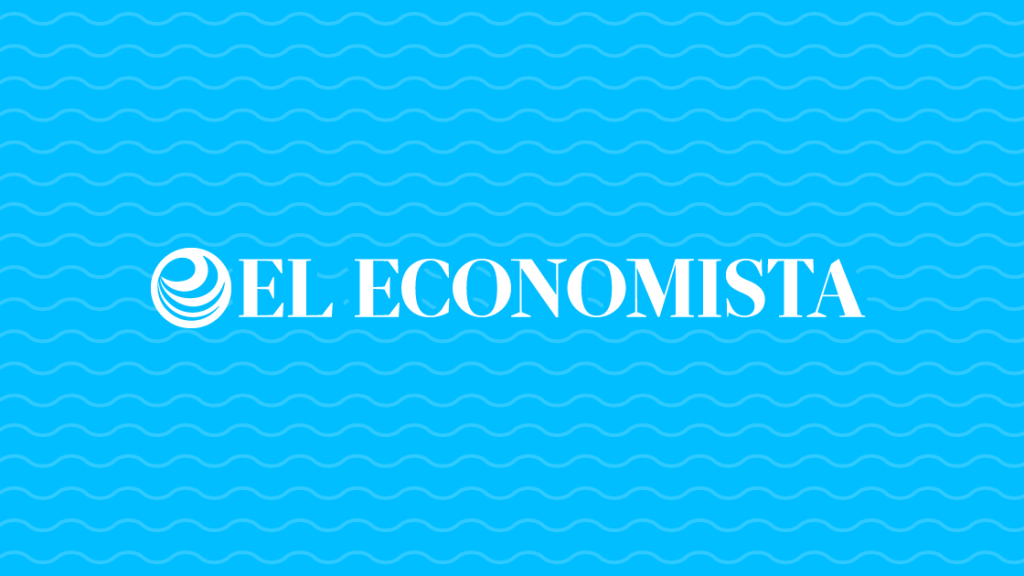Mexico suffered a post-debt shock in the 1970s and 1980s

In Mexico, Rogelio Ramirez de la O, Minister of Finance and Public Credit (SHCP), said, residents were left with “shock” after debt levels increased in the 1970s and 1980s.
“Mexico today has a kind of shock with the debt of the seventies and eighties, and this shock is in the collective memory. Just as the United States was hit with a shock with the Great Depression, which is forcing the Federal Reserve to seek maximum employment because of the very high levels of unemployment that they had in “Our society has been demanding that we be overburdened when we don’t properly calibrate the scope of the pandemic,” he said during his House appearance.
Andres Manuel Lopez Obrador’s new ministerial official defended that last year, despite the COVID-19 pandemic, the Mexican government did not borrow to provide greater financial incentives to the population, compared to other countries.
“The pandemic was not considered in the budget, nor was its duration, and for this reason, any country that does not have a goal of not being over-indebted should be very careful about how quickly it spends when it is not sure how long the pandemic will last?” he said personally Before lawmakers, as Mexico faces the third wave of Covid-19 infections.
Ramirez de la O has calculated that, with the support provided last year – increased spending on social protection, infrastructure and remittances, the issuance of credits and personal loans – Lopez Obrador’s government allocated about 2.5% of GDP.
He stressed that the foregoing was done without the need for the government to contract additional debt to the debt ceiling approved by Congress, however, in the midst of the global economic recovery, Mexico is one of the emerging countries that maintains a level. Low debt as a percentage of GDP after the health and economic crisis.
To counteract this economic situation, Mexico’s government has focused on a more efficient use of public resources in order to absorb the cost of the pandemic into the health system without having to use more debt or raise taxes above what Congress has approved. The response focused on redirecting non-priority spending to spending on pandemic care and control, including the acquisition of vaccines.
According to Treasury data, at the end of 2020, the historical balance of public sector financial requirements (SHRFSP) – the broadest measure of debt – reached 54.7% of GDP, its highest level at any end of the year. For this year, it is estimated to be at 50.8% of the product.

“Future teen idol. Hardcore twitter trailblazer. Infuriatingly humble travel evangelist.”










